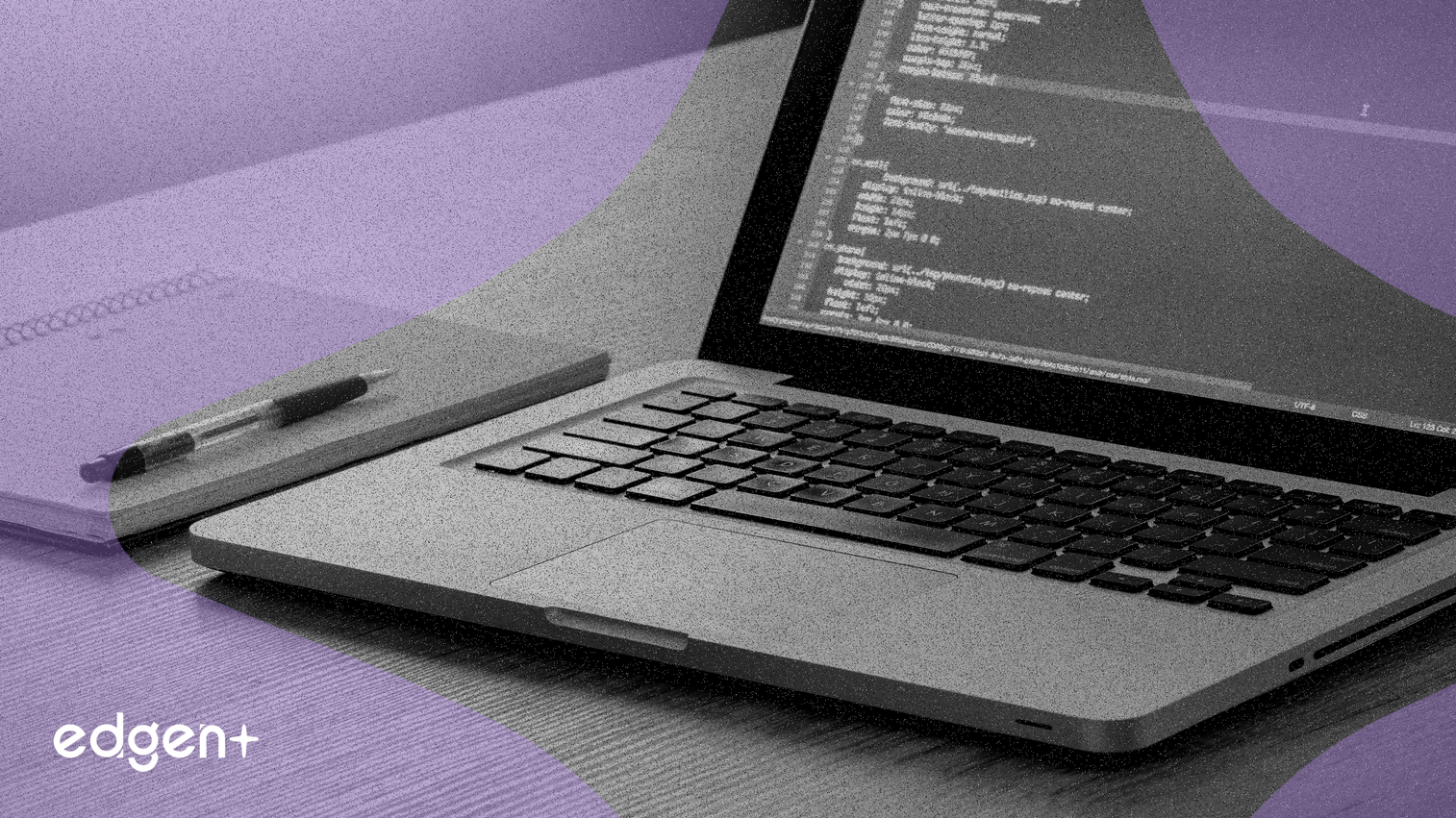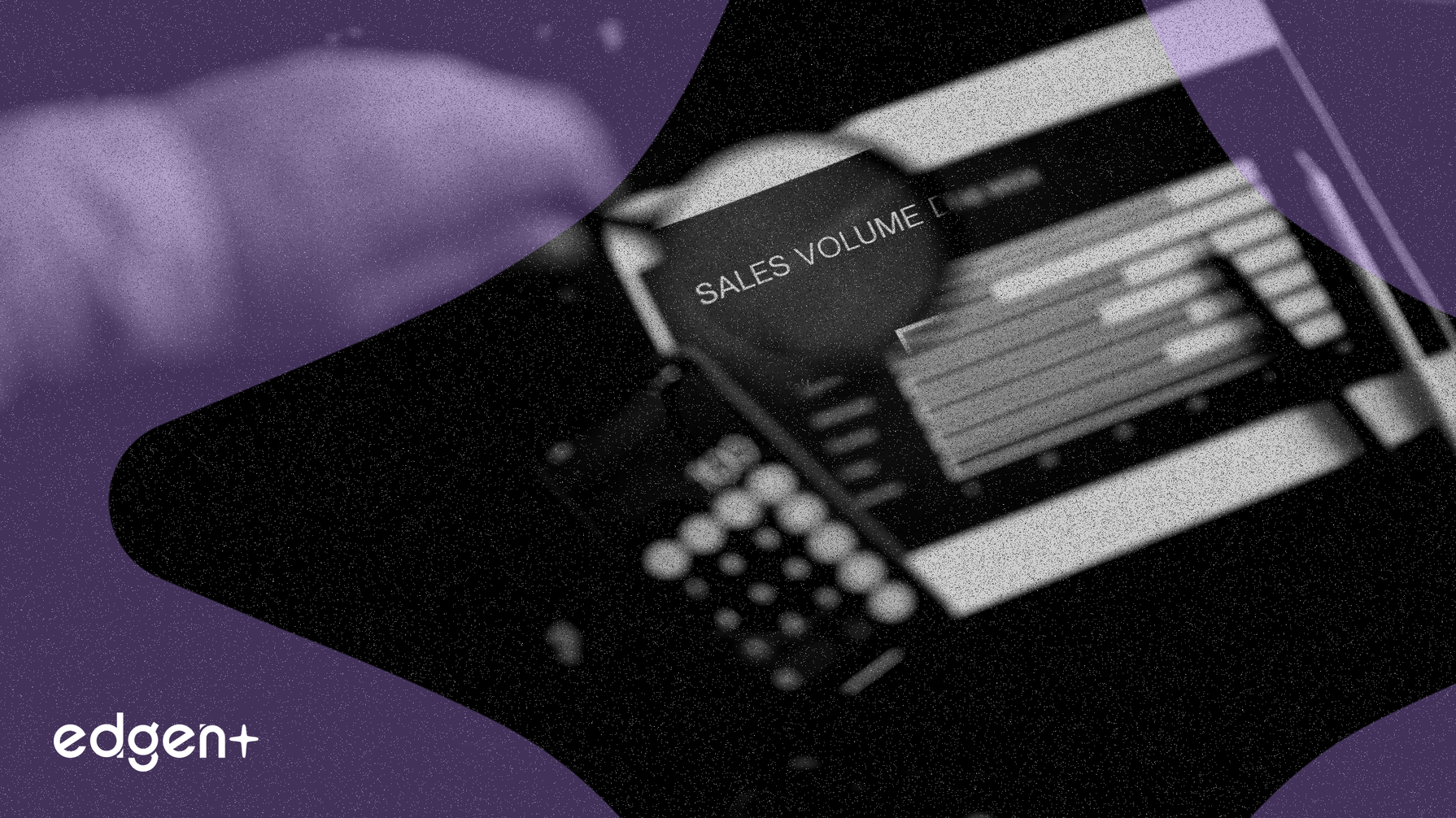Executive Summary
SWIFT, the global interbank messaging system, is developing stablecoin functionality and on-chain messaging capabilities utilizing the Linea network. This initiative represents a significant step towards deeper integration of traditional finance with blockchain technology, aiming to facilitate more efficient cross-border payments and new financial products.
The Event in Detail
SWIFT is actively exploring the development of stablecoins and on-chain messaging functionality. These advancements leverage the Linea network, a zk-EVM Layer 2 blockchain. A September 11 blog post detailed SWIFT's initiative to offer partner banks access to digital tokenized solutions, including payment gateways and blockchain interoperability. SWIFT, which connects 518 institutions across 22 countries, seeks to bridge traditional finance with the expanding crypto and Web3 industries.
Recent trials have demonstrated SWIFT's ability to link its existing infrastructure with both private and public blockchain networks, proving the interoperability of crypto tokens. The organization also conducted two-phase central bank digital currency (CBDC) trials with banks across Europe, Asia, and North America. Building on these successes, SWIFT plans to expand decentralized features to its partner banks, enabling seamless transactions across diverse assets and currencies. While initial settlement will use fiat currencies, future plans include supporting tokenized money, such as CBDCs, tokenized bank money, and regulated stablecoins. Upcoming features include multi-ledger Delivery-versus-Payment (DvP) and Payment-versus-Payment (PvP) transactions.
SWIFT has confirmed its global blockchain integration for November 2025, with the update scheduled to go live on November 22, 2025. This integration will enable support for blockchain-native payment features, moving blockchain from experimental stages into daily institutional workflows. The 2025 release will support blockchain wallet addresses, smart contract oracles, and tokenized asset fields, specifically Digital Ledger Identifiers (DLIs) and Digital Token Identifiers (DTIs). This allows financial messages to directly interact with distributed ledger infrastructure. CBDCs and crypto wallets can be included as valid cash account endpoints in payment messages, applying to both legacy MT messages and the newer MX (ISO 20022) standard. This establishes a foundation for programmable finance and enables nonce tracking for blockchain-native sequencing, supporting on-chain ordering of digital asset transfers.
The Linea network has shown substantial growth, processing 400,000 daily transactions and supporting 280,000 active wallets by mid-2025, with these figures quadrupling to 1.6 million transactions and 1.12 million active addresses by August 2025. Its Total Value Locked (TVL) surged from $150 million to $2 billion in two months. Linea's infrastructure innovations include native USDC support and cross-chain transfer protocols, reducing gas fees and enabling seamless interoperability, reaching 6,200 transactions per second (TPS) and hosting over 350 decentralized applications across DeFi, NFTs, and gaming.
Market Implications
SWIFT's venture into stablecoins and on-chain messaging is poised to significantly accelerate the integration of digital assets into global financial systems. This move could foster more efficient cross-border payments and introduce new financial products, potentially encouraging other traditional financial institutions to explore similar blockchain-based solutions. The initiative is viewed as bullish for crypto adoption and institutional interest, potentially leading to increased confidence in stablecoins and Layer 2 solutions.
The crypto community has expressed mixed reactions. While some perceive the integration of decentralized solutions into traditional finance as a positive development, debates persist regarding token choices. For instance, XRP advocates suggest their token for the SWIFT platform, referencing its use on the XRP ledger. Conversely, Chainlink's community head, Zach Rynes, highlighted SWIFT's existing collaboration with Chainlink's Cross-Chain Interoperability Protocol (CIP) to connect member banks to public and private chains.
Broader Context
This development aligns with a broader trend of traditional finance exploring and adopting tokenized assets. For example, UK Finance, representing over 300 financial institutions in the UK, launched a two-year pilot for tokenized sterling deposits (GBTD) in collaboration with six major banks including Barclays and HSBC. This pilot, utilizing Quant Network, aims to modernize the UK's financial market infrastructure by moving towards programmable money and enhancing payments, fraud prevention, and settlement efficiency. SWIFT's participation in Project Agorá, a Bank for International Settlements-led project exploring the integration of tokenized commercial bank deposits and tokenized wholesale CBDCs on a unified platform, further underscores this strategic direction. The tokenized asset market is projected to reach $16 trillion by 2030, emphasizing the potential scale of this transformation. SWIFT's evolution of its infrastructure is designed to provide its members with access to emerging digital asset classes and currencies across various use cases in payments, securities, FX, and trade.
source:[1] Market News: SWIFT is developing stablecoin and Linea-based on-chain messaging functionality (https://www.techflowpost.com/newsletter/detai ...)[2] SWIFT Aims to Bring CBDCs and Tokenization into Global Banking - Kryptomoney (https://vertexaisearch.cloud.google.com/groun ...)[3] Sui Stack Introduces Messaging SDK for Enhanced Web3 Communication (https://vertexaisearch.cloud.google.com/groun ...)



